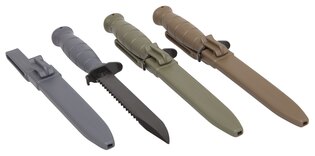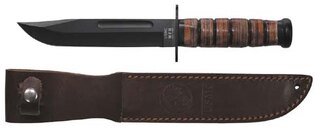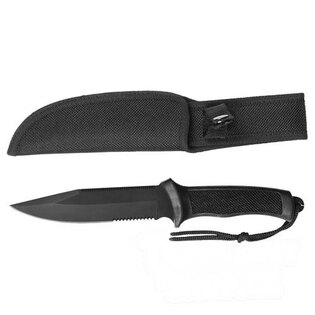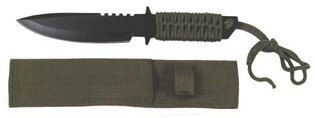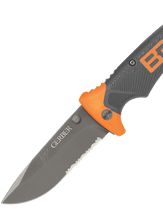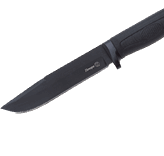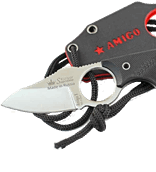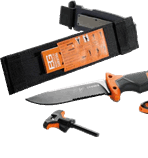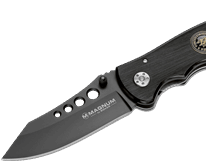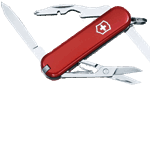Fixed blade knives could be the synonym for durability and reliability. But we need to know the possibilities first. Right choice of material, shape and processing can have a critical effect on the functionality of the knife.
You´ve got friend in me. We can here this every time when we reach for our most-widely used tool. Strong bond between man and steel, which made this tool indispensable over the years. We are talking about fixed blade knives. First knives were made during Old Stone Age already. They were from stones - flints and later on from obsidian. Approx 5000 years ago man started to produce metals. The knives then got copper, iron, but also gold look.
Constructional gem
Structurally is fixed blade knife very simple thing. Simply, a piece of steel with handle on one side and working bit on other. But it is not as simple. Both main parts - blade and handle must be from high-quality materials. The knife comes with sheath, which is also very important. So what do we focus on and what we should be aware of ?
Combo, serrated or straight
Fixed blade knives can be divided according to several criterias. One of them is way of use. In this category we can find tactical knives, survival and hunting knives, etc. We then also know work knives - HeavyDuty and standard. Each of them is specific, but they all have one thing - type of edge. There are three main types - straight, serrated and combination edges. Serrated edge offers great properties when cutting ropes,fibrous or otherwise firmer materials, that could be problematic for straight edge. Plain (straight) edge is very good for finer work. Cutting, skinning that requires fine cuts and touches. Naturally we may think, that combo edge would be the best option. However, that is not completely true. Look at it from the practical point of view. We have two possibilities, but none of them is long enough to do its best possible job. Is it therefore better to have two different knives (one with serrated edge and one with straight edge) ? It is really up to us. Either way, they should always be from high-quality materials.
Durability
If we want high-quality knife, it must be made from high-quality materials. This applies to blade, handle as well as sheath. Sheats are usually leather or plastic. It depends on the activity - if we want to carry knife on our tactical vest, we need sheath that allows us to do this. Kydex sheaths or sheaths from synthetic fibers are good. Just pay attention to the right attachment system, for example Molle or palls. The blade requires material that is strong. Steel of types Aus-8 or 13Cr6MoV are great, but for example steel of type D2, A2 offer the best properties. Watch out for the hardness - HRC, which should not be under 56.
Hunting or combat
We choose the knife according to our needs. Whether it is a tactical, hunting, survival or other knife, always pay attention to high-quality steel and general workmanship, but also to sheath and dimensions of the knife.
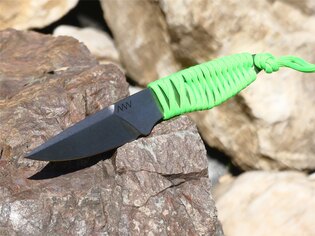


ANV® P100 Fixed Blade Knife
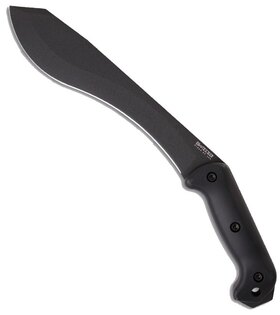
Fixed Blade Knife KA‑BAR® BK4 ‑ Becker Machax
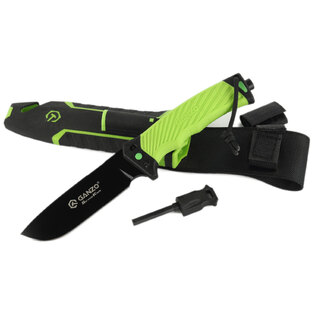


Survival Ganzo® fixed blade knife
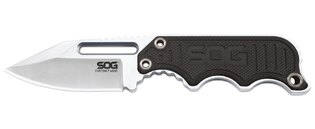
SOG® Instinct Mini ‑ satin, black handle

KA‑BAR® BK16 fixed blade knife ‑ Short Becker Drop Point
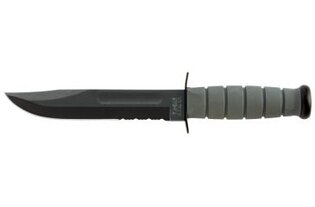
KA‑BAR® 5012 fixed blade knife ‑ Fighting‑Utility Knife foliage green combo blade

KA‑BAR® 1212 fixed blade knife ‑ black combo blade
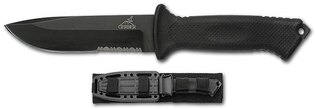
Knife Prodigy GERBER® serrated



KA‑BAR® Mark I fixed blade knife
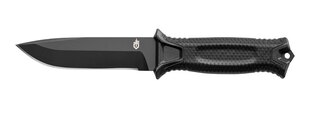


Knife StrongArm GERBER® Plain Edge
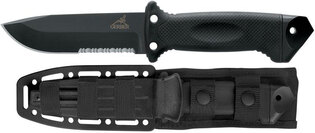

Knife LMF II Infantry GERBER®
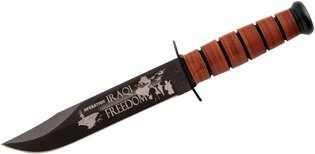
KA‑BAR® US Army Iraqi Freedom fixed blade knife
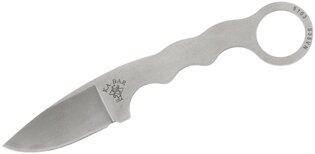
KA‑BAR® Snody Snake Charmer fixed blade knife
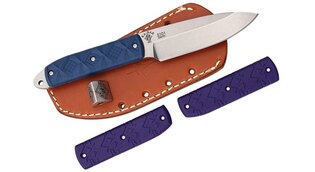
KA‑BAR® Boss fixed blade knife
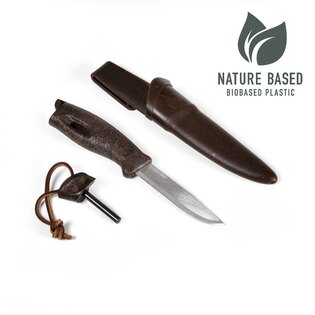
Light My Fire® Swedish FireKnife BIO
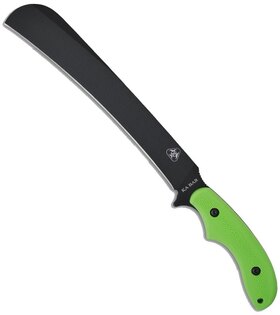
Fixed Blade Knife KA‑BAR® 5702 – Zombie® ''Pestilence'' Chopper

Fixed Blade Knife ‑ Cleaver KA‑BAR® 5705 ‑ Zombie® ''Zomstro'' Chopper
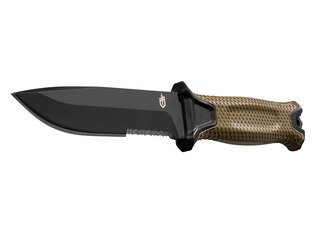


Knife StrongArm GERBER® Serrated Edge
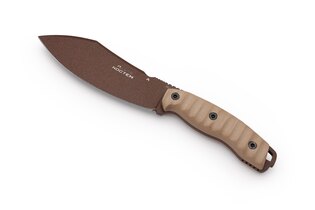
Noctem Hydra Knives®
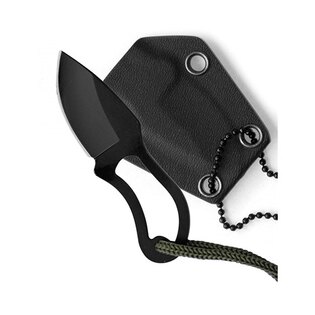
Fixed blade knife ‑ Mil‑Tec® neck knife ‑ black
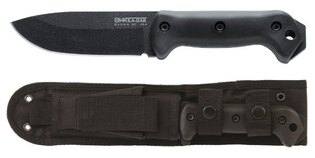
KA‑BAR® BK22 fixed blade knife ‑ Becker Campanion with polyester sheath

KA‑BAR® BK10 fixed blade knife ‑ Becker Crewman
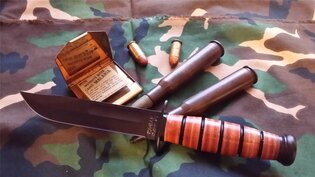
KA‑BAR® 1250 fixed blade knife – Short USMC
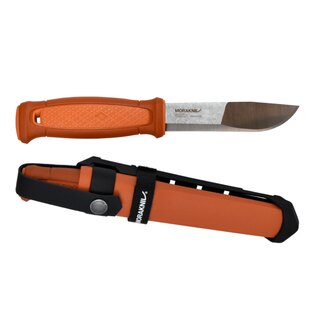


Nůž Kansbol Multi‑Mount MORAKNIV® ‑ zelený




























































































































